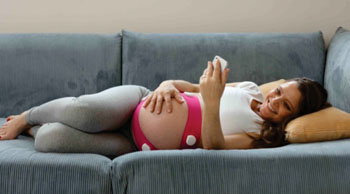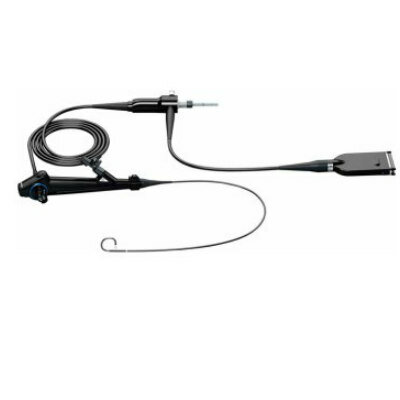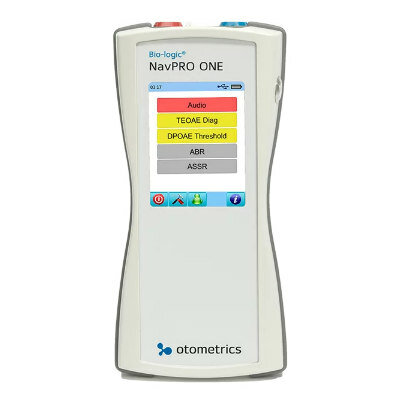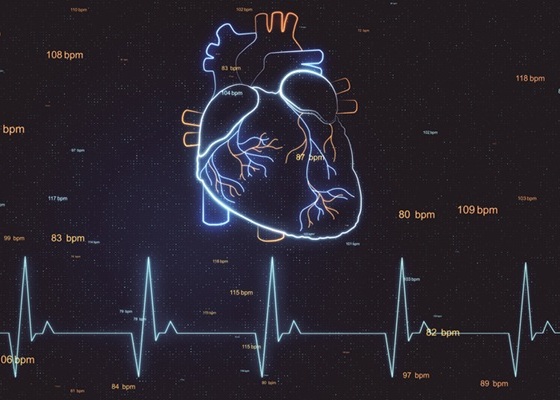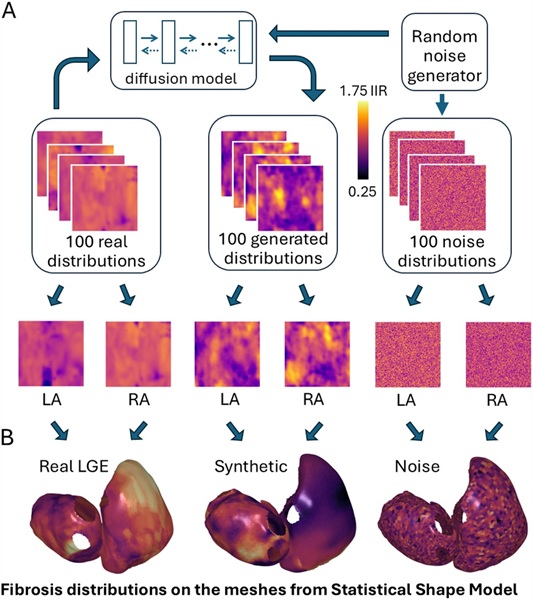Cloud-Based Device Provides Continuous Fetal Monitoring
|
By HospiMedica International staff writers Posted on 14 Jun 2015 |
A wearable fetal monitor with smartphone-based technology helps physicians screen for symptoms that may lead to complications during pregnancy.
The PregSense monitor is a multimodal/multi-sensor pregnancy belt for safely capturing health and wellness data, with a cloud-based host that provides sophisticated signal processing and data management. The elastic, harness-like device has passive acoustic and electrocardiogram (ECG) sensors woven into the fabric that extract fetal heart rate (FHR), maternal heart rate (MHR), kicks, and sleep state. The signals are synthesized and analyzed using sophisticated proprietary algorithms, providing data around the clock on the status of the fetus and the mother's health in the later stages of pregnancy.
The device further sends the information via a bluetooth-enabled smartphone paired with the monitor to a secure, cloud-based database accessible only to expectant mothers and their physicians. Consumers will be able to access the data on their smartphone or through a dedicated website, where they can record and share the baby's heartbeat with friends and family.
According to the developer, Nuvo Group (Tel Aviv, Israel), The PregSense offers an advantage over traditional heavy electric fetal monitors (EFMs), or cardiotocography (CTG) devices to track the fetal heartbeat. A consumer version of the PregSense monitor, the Ritmo Beats, will provide mothers with real-time data on their unborn child's cardiac activity. A smartphone app is under development that will provide a visual representation of the data gathered by the wearable monitor.
“It will have 13 sensors wrapping around the belly, including acoustic and ECG sensors to monitor the heartbeat, with motion sensors to track kicks, contractions and other movements. We record everything possible from the surface of the abdomen about the pregnancy,” said Oren Oz, CEO of Nuvo Group. “The immediate impact, the immediate benefit to doctors is that we are replacing the bulky CTG machines which are heavy and connected to the wall with the light weight mobility and continuous monitoring.”
Related Links:
Nuvo Group
The PregSense monitor is a multimodal/multi-sensor pregnancy belt for safely capturing health and wellness data, with a cloud-based host that provides sophisticated signal processing and data management. The elastic, harness-like device has passive acoustic and electrocardiogram (ECG) sensors woven into the fabric that extract fetal heart rate (FHR), maternal heart rate (MHR), kicks, and sleep state. The signals are synthesized and analyzed using sophisticated proprietary algorithms, providing data around the clock on the status of the fetus and the mother's health in the later stages of pregnancy.
The device further sends the information via a bluetooth-enabled smartphone paired with the monitor to a secure, cloud-based database accessible only to expectant mothers and their physicians. Consumers will be able to access the data on their smartphone or through a dedicated website, where they can record and share the baby's heartbeat with friends and family.
According to the developer, Nuvo Group (Tel Aviv, Israel), The PregSense offers an advantage over traditional heavy electric fetal monitors (EFMs), or cardiotocography (CTG) devices to track the fetal heartbeat. A consumer version of the PregSense monitor, the Ritmo Beats, will provide mothers with real-time data on their unborn child's cardiac activity. A smartphone app is under development that will provide a visual representation of the data gathered by the wearable monitor.
“It will have 13 sensors wrapping around the belly, including acoustic and ECG sensors to monitor the heartbeat, with motion sensors to track kicks, contractions and other movements. We record everything possible from the surface of the abdomen about the pregnancy,” said Oren Oz, CEO of Nuvo Group. “The immediate impact, the immediate benefit to doctors is that we are replacing the bulky CTG machines which are heavy and connected to the wall with the light weight mobility and continuous monitoring.”
Related Links:
Nuvo Group
Read the full article by registering today, it's FREE! 

Register now for FREE to HospiMedica.com and get complete access to news and events that shape the world of Hospital Medicine. 
- Free digital version edition of HospiMedica International sent by email on regular basis
- Free print version of HospiMedica International magazine (available only outside USA and Canada).
- Free and unlimited access to back issues of HospiMedica International in digital format
- Free HospiMedica International Newsletter sent every week containing the latest news
- Free breaking news sent via email
- Free access to Events Calendar
- Free access to LinkXpress new product services
- REGISTRATION IS FREE AND EASY!
Sign in: Registered website members
Sign in: Registered magazine subscribers
Latest Patient Care News
- Portable Biosensor Platform to Reduce Hospital-Acquired Infections
- First-Of-Its-Kind Portable Germicidal Light Technology Disinfects High-Touch Clinical Surfaces in Seconds
- Surgical Capacity Optimization Solution Helps Hospitals Boost OR Utilization

- Game-Changing Innovation in Surgical Instrument Sterilization Significantly Improves OR Throughput
- Next Gen ICU Bed to Help Address Complex Critical Care Needs
- Groundbreaking AI-Powered UV-C Disinfection Technology Redefines Infection Control Landscape
- Clean Hospitals Can Reduce Antibiotic Resistance, Save Lives
- Smart Hospital Beds Improve Accuracy of Medical Diagnosis
- New Fast Endoscope Drying System Improves Productivity and Traceability
- World’s First Automated Endoscope Cleaner Fights Antimicrobial Resistance
- Portable High-Capacity Digital Stretcher Scales Provide Precision Weighing for Patients in ER
- Portable Clinical Scale with Remote Indicator Allows for Flexible Patient Weighing Use
- Innovative and Highly Customizable Medical Carts Offer Unlimited Configuration Possibilities
- Biomolecular Wound Healing Film Adheres to Sensitive Tissue and Releases Active Ingredients
- Wearable Health Tech Could Measure Gases Released From Skin to Monitor Metabolic Diseases
- Wearable Cardioverter Defibrillator System Protects Patients at Risk of Sudden Cardiac Arrest
Channels
Critical Care
view channel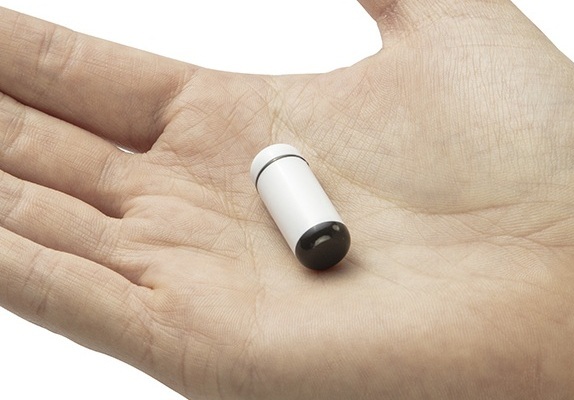
Ingestible Smart Capsule for Chemical Sensing in the Gut Moves Closer to Market
Intestinal gases are associated with several health conditions, including colon cancer, irritable bowel syndrome, and inflammatory bowel disease, and they have the potential to serve as crucial biomarkers... Read moreNovel Cannula Delivery System Enables Targeted Delivery of Imaging Agents and Drugs
Multiphoton microscopy has become an invaluable tool in neuroscience, allowing researchers to observe brain activity in real time with high-resolution imaging. A crucial aspect of many multiphoton microscopy... Read more
Novel Intrabronchial Method Delivers Cell Therapies in Critically Ill Patients on External Lung Support
Until now, administering cell therapies to patients on extracorporeal membrane oxygenation (ECMO)—a life-support system typically used for severe lung failure—has been nearly impossible.... Read moreSurgical Techniques
view channel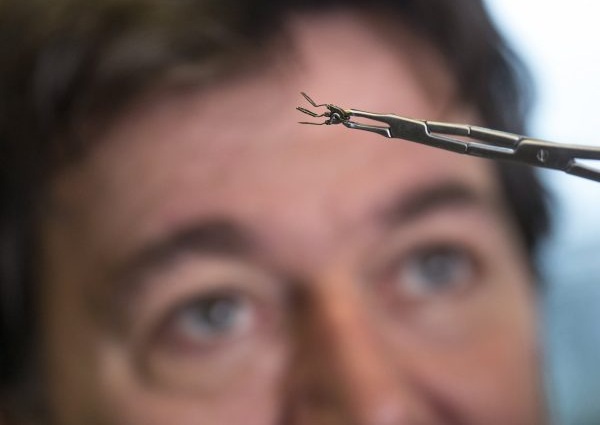
Pioneering Sutureless Coronary Bypass Technology to Eliminate Open-Chest Procedures
In patients with coronary artery disease, certain blood vessels may be narrowed or blocked, requiring a stent or a bypass (also known as diversion) to restore blood flow to the heart. Bypass surgeries... Read more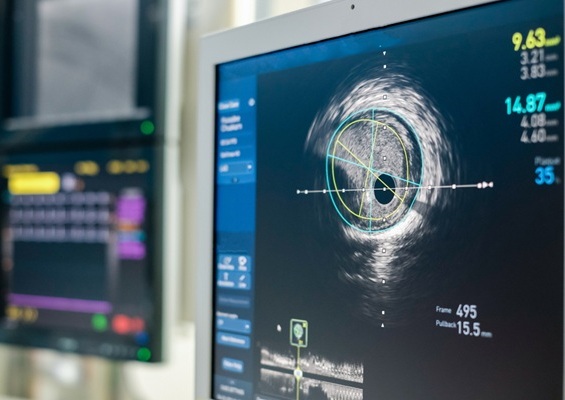
Intravascular Imaging for Guiding Stent Implantation Ensures Safer Stenting Procedures
Patients diagnosed with coronary artery disease, which is caused by plaque accumulation within the arteries leading to chest pain, shortness of breath, and potential heart attacks, frequently undergo percutaneous... Read more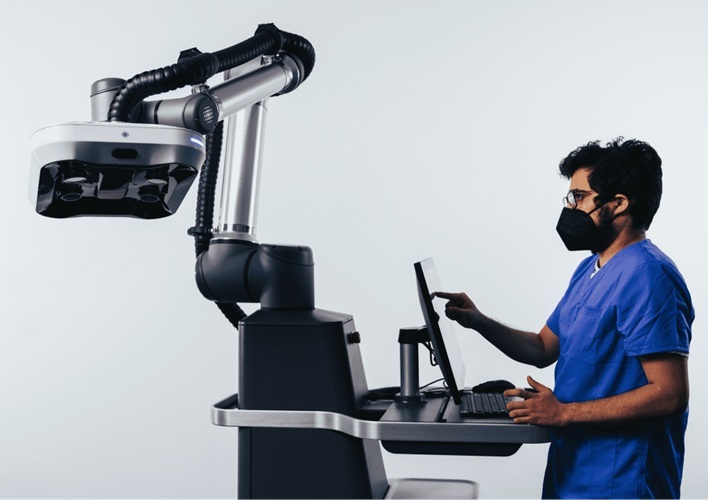
World's First AI Surgical Guidance Platform Allows Surgeons to Measure Success in Real-Time
Surgeons have always faced challenges in measuring their progress toward surgical goals during procedures. Traditionally, obtaining measurements required stepping out of the sterile environment to perform... Read moreHealth IT
view channel
Printable Molecule-Selective Nanoparticles Enable Mass Production of Wearable Biosensors
The future of medicine is likely to focus on the personalization of healthcare—understanding exactly what an individual requires and delivering the appropriate combination of nutrients, metabolites, and... Read more
Smartwatches Could Detect Congestive Heart Failure
Diagnosing congestive heart failure (CHF) typically requires expensive and time-consuming imaging techniques like echocardiography, also known as cardiac ultrasound. Previously, detecting CHF by analyzing... Read moreBusiness
view channel
Expanded Collaboration to Transform OR Technology Through AI and Automation
The expansion of an existing collaboration between three leading companies aims to develop artificial intelligence (AI)-driven solutions for smart operating rooms with sophisticated monitoring and automation.... Read more



